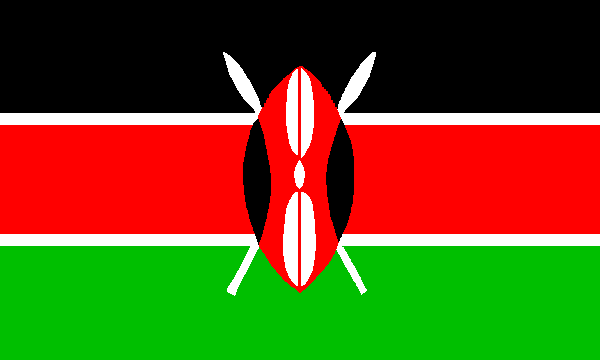Login form
Customs of Kenya
Marriage and Family
 Whether young people choose their own spouses varies according to the community—in some, families are responsible for the selection. Educated couples tend to marry later than those who have not continued their studies past primary school. The dowry system, in which a payment of money or livestock is made by the groom’s family to the bride’s family, is still common, but the practice varies enormously from area to area and has changed significantly in recent decades. Among some groups, specific gifts must be given in order for a marriage to be fully recognized. Grooms and their families may give a larger dowry (in gifts and cash) to the bride's family if the bride is well-educated, and this dowry is considered more a sign of appreciation than a gift of obligation. Welfare institutions and churches might also contribute to a dowry. Families and friends help organize and pay for the wedding.
Whether young people choose their own spouses varies according to the community—in some, families are responsible for the selection. Educated couples tend to marry later than those who have not continued their studies past primary school. The dowry system, in which a payment of money or livestock is made by the groom’s family to the bride’s family, is still common, but the practice varies enormously from area to area and has changed significantly in recent decades. Among some groups, specific gifts must be given in order for a marriage to be fully recognized. Grooms and their families may give a larger dowry (in gifts and cash) to the bride's family if the bride is well-educated, and this dowry is considered more a sign of appreciation than a gift of obligation. Welfare institutions and churches might also contribute to a dowry. Families and friends help organize and pay for the wedding.
The family unit is usually large and includes the extended family, although in urban areas families tend to be smaller and nuclear families are more common. Family members, particularly those who have the financial means to do so, care for the elderly. It is common to call maternal aunts mamdogo (mother) and paternal uncles ami (father). These are Kiswahili terms. Most households continue to be male dominated, and most economically active women work in the agricultural sector. However, women have a higher rate of literacy in
Eating
Ugali (a stiff dough) or uji (porridge) made from maize meal, millet, or sorghum flour are traditional staple foods in some communities. Ugali is eaten with a stew that might include goat, beef, lamb, chicken, fish, beans, or other vegetables, depending on what foods are available. Meat is expensive and is often saved for special occasions. Fish is also expensive, outside of fishing communities. Rice, kitumbua (rice-flour fritters), and chapati (flat bread) are also eaten, particularly on the coast. Bananas, pineapples, mangoes, oranges, papayas, and avocados are popular fruits. Kale, green peas, and cabbage are some of the more commonly eaten vegetables.
Socializing
In urban centers and among the educated, greetings in English are acceptable. In Kiswahili, the most common greeting is Hujambo! Habari gani? (literally, “Are you fine? What news?”), to which the reply is often Mzuri ('I am fine'), or Mzuri,
Family members and friends often drop in on one another, and Sunday is a popular day for making visits. Kenyans make every effort to ensure that guests are comfortable—even at the expense of their own comfort. Gift-giving is important among relatives and friends, and it is always appreciated when foreign visitors bring a gift from abroad.
Recreation
Soccer is the most popular team sport in
The Kenyan National Theatre offers drama, concerts, and dance programs. Storytelling, riddles, and proverbs are much enjoyed in rural areas, and cinemas and nightclubs are popular in cities.
In some communities, traditional values emphasize coexistence with animals and drought is considered a result of the unnecessary killing of animals. National parks and game reserves cover 6.2 percent (1997) of the country’s total land area, hunting has been banned since 1977, and
Holidays and Celebrations
Kenya celebrates New Year’s Day (1 January); Easter (Friday through Monday); Labor Day (1 May); Madaraka, or Self-Rule Day (1 June), marking the birth of the republic; Moi Day (10 October), honoring President Daniel T. arap Moi; Kenyatta Day (20 October), celebrating the day in 1952 when Jomo Kenyatta was arrested for opposing British authorities; Jamhuri or Independence Day (12 December); Christmas Day (25 December); and Boxing Day (26 December). Boxing Day derives from an old British custom of giving small boxed gifts to servants and tradespeople on the day after Christmas. Official holidays are often marked by church services, parades, and other festivities. For the Muslim population, the country also observes the three-day feast at the end of the month of Ramadhan (Ramadan) called Idi-el-fitr. The first day is an official holiday for Muslims, but celebrations on the next two days occur after working hours.
Jamhuri, which commemorates
Source: Encarta Interactive World Atlas

